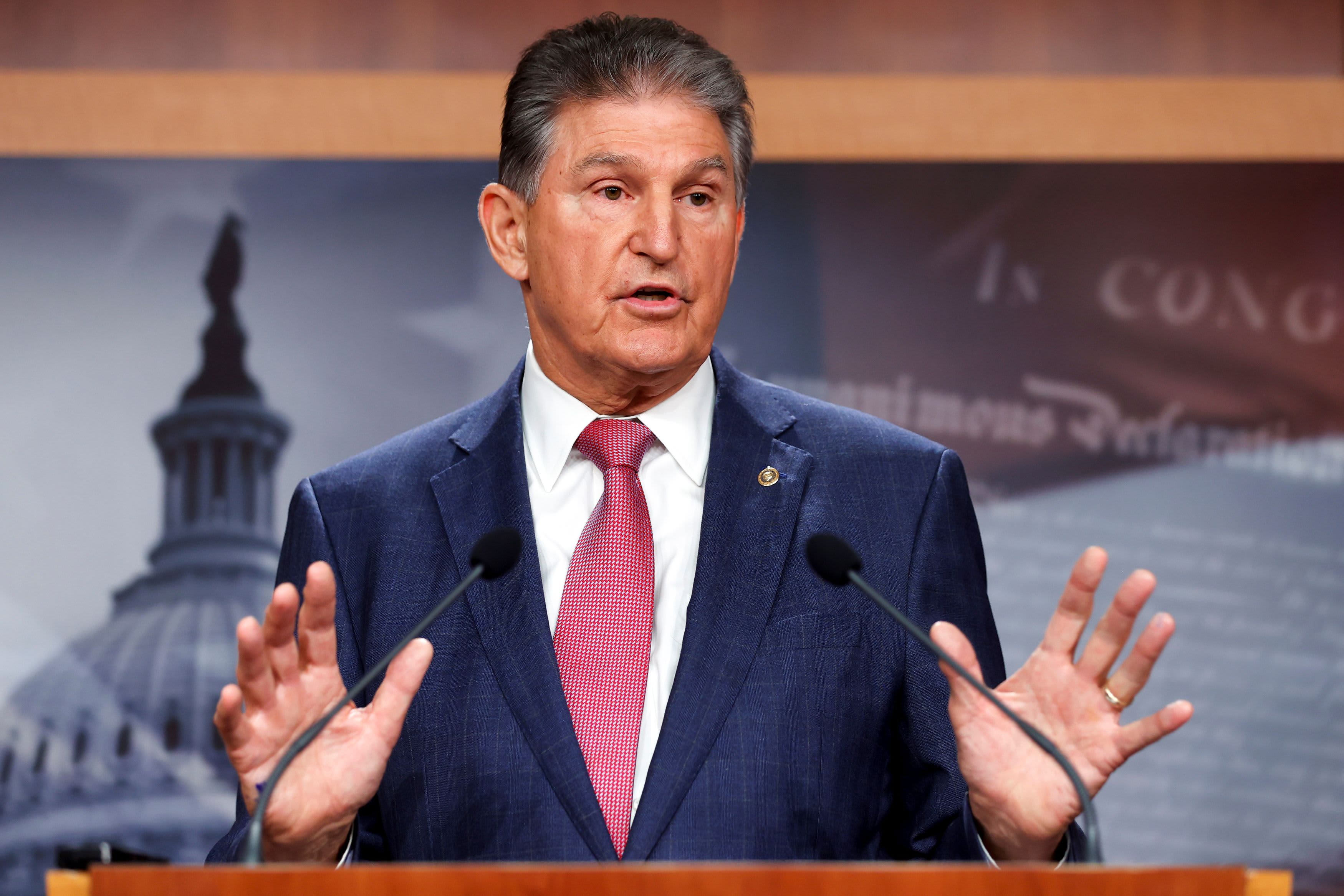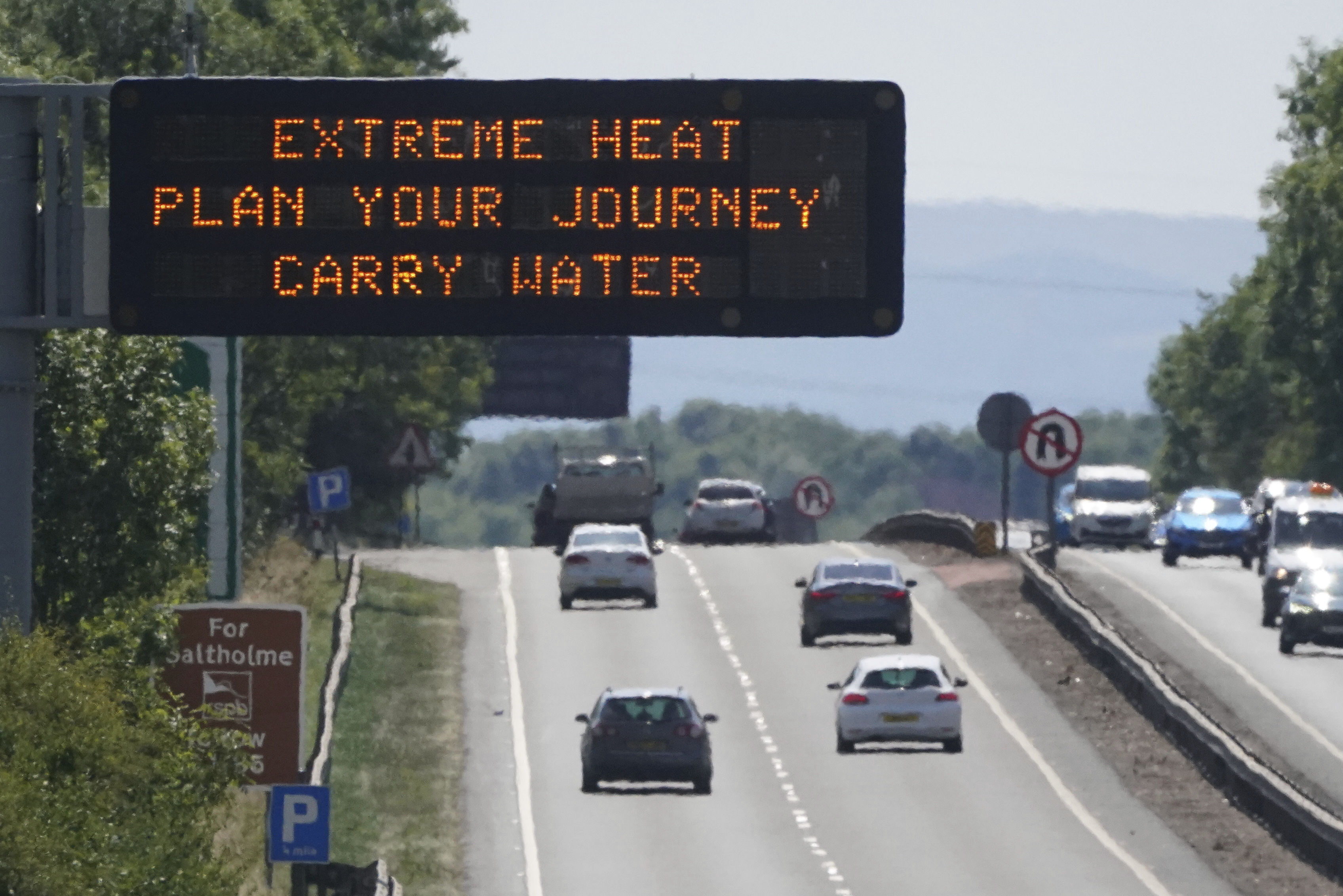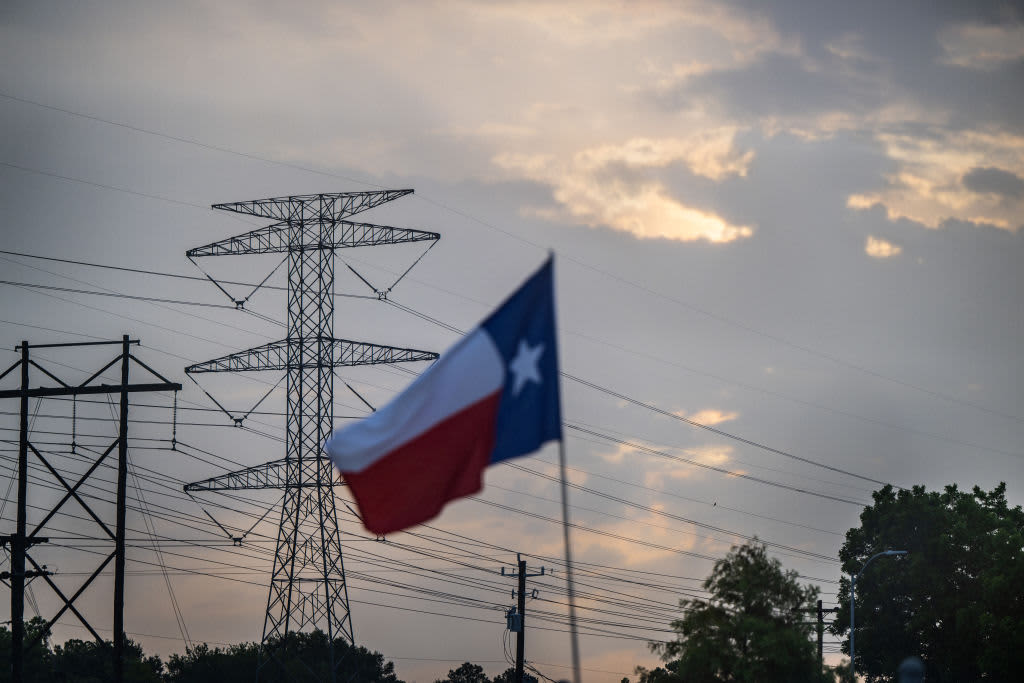What to Know
- Crop workers 20 times more likely to die from heat
- Miami-Dade considers local regulations after state effort failed
- Only California and Oregon have laws protecting outdoor workers
When Joel Martinez is working in the Florida fields, employers sometimes refuse to give the farmworkers time for a water break or to use the bathroom, he says. When the lunch truck arrives, they can be forced to stay on the job for another 30 minutes or an hour until an order is complete.
At 63, Martinez finds the Florida sun too harsh to put in more than four to five or six hours a day. He still picks pumpkins and squash, cucumbers, chilis, okra, and oranges but he feels the heat more.
“It’s hard work with a lot of abuse,” he says. “We can’t defend ourselves.”

What he can do is support a legal campaign to protect workers from the heat. “Que Calor” or “How Hot” would require access to water and breaks to rest in the shade for farmworkers, plant nursery workers, day laborers, construction workers and others on the front lines of an increasingly hotter climate.
Get Tri-state area news delivered to your inbox. Sign up for NBC New York's News Headlines newsletter.
Workers who show signs of heat illness must be evaluated for the need for medical attention, training would be mandated to spot workers who are unwell and special provisions would kick in when temperatures rise above 90 degrees Fahrenheit.
Statewide Legislation Failed
It is an initiative of WeCount!, an organization made up of low-wage immigrants workers and their families in South Florida that have hoped for a statewide law. But that effort most recently failed earlier this year despite support from some large employers such as Jon Esformes, the chief executive officer of Sunripe Certified Brands, which has tomato and citrus farms in Florida, Georgia, Tennessee and Mexico. He spoke in favor of the bill before the Florida Senate and has already set labor standards with the Coalition of Immokalee Workers, a human rights organization based in Immokalee.
Climate Change
“It’s unfortunate that not all of our bills get pushed through the committee process as fast as we’d like,” said state Sen. Ana Maria Rodriguez, a Republican who represents parts of Miami-Dade County and who introduced the bill in the Senate. “Hopefully the bill will move further next year.”
After the legislation stalled, WeCount! turned its attention to a more local effort for Miami-Dade County, an approach that could be duplicated in other states where climate change is sending temperatures soaring.
“In a state like Florida, trying to pass regulations to expand protections for workers, it can be difficult,” said Oscar Londono, WeCount!’s co-executive director.

Rising temperatures will be costly to the United States. A report released last year, by the Adrienne Arsht Rockefeller Foundation Resilience Center, put the price at $100 billion a year in heat-induced lost labor productivity and up to $500 billion by 2050. Losses will be proportionately greater in agriculture and other outdoor work, according to the report, "Extreme Heat: The Economic and Social Consequences for the United States."
Heat Deadly For Farmworkers
Heat is often called the silent killer. Thirty-eight deaths resulted from heat each year from 2011 to 2019, according to the Occupational Health and Safety Administration.
A study from the University of Florida last year found 215 deaths related to heat from 2010 to 2020. The greatest number were found in Broward, Miami-Dade and Palm Beach counties and most were among men 65 years old and older.
Heat-Related Hospitalizations, E.D. Visits, and 90ºF+ Days
The annual numbers of heat-related hospitalizations and heat-related emergency department visits follow a similar pattern to the number of summer days that reach 90ºF and above.
Census data shows that prior to the implementation of the Affordable Care Act in 2010, 21.3% of Floridians were uninsured, compared to 13.2% in 2019. This difference in the number of health insurance holders may explain the relatively low hospitalization rates before 2010.
Chart: Annetta Stogniew/NBC
In Florida, which produces the most vegetables in the country after California, nine farm workers in the state died or suffered severe injuries in 2019 as a result of high temperatures, according to an analysis of data from the Occupational Health and Safety Administration by The Counter, a non-profit newsroom that investigates food in America. Across the country, at least 65 farm workers have died from heat-related causes since 2002, according to Investigate Midwest, another nonprofit newsroom that examines agricultural practices.
“At $11 billion in a typical year, labor productivity losses in Florida are second only to Texas and are expected to increase more than fourfold to $52 billion by 2050,” the resilience center report says.
Farm workers are especially vulnerable. Crop workers are 20 times more likely to die from heat-related stress than American workers as a whole, the Centers for Disease Control and Prevention reported in 2008.
Employers often do not care, Martinez said. “They just ask you to work more and more and more.”
He recalls being beaten up in the late 1990s when he was among a dozen workers who refused to go back over lines of squash that had already been picked, knowing they would make too little money.
“They were following me, two of them,” he said. “One hit me in the back and one hit me in the face.”
Scorching Temperatures Worldwide
Nearly half of agriculture workers are undocumented and a quarter are in the U.S. on visas or work authorization, according to an estimate from the U.S. Department of Agriculture. They frequently lack health insurance.
WeCount! is working with commissioners in Miami-Dade County and expects the legislation to be introduced this summer. Farm workers are often reluctant to ask for breaks because they are paid by what they harvest, said Ludovica Martella, the county's climate heat health program coordinator.
"Heat Season" Established in Miami-Dade County
The county was the first to appoint a chief heat officer and officials are focused on researching and alleviating the effects of extreme heat. Previously, Florida had emphasized sea level rise, which is easier to see as roads flood and beaches erode. To draw attention to the heat, Miami-Dade County has established an annual “heat season,” similar to a hurricane season and which will run from May 1 through Oct. 1. It took effect this year.
"Miami has been serving as a pilot city for extreme heat work so that’s definitely a lot of responsibility, but it’s great that extreme heat prevention and mitigation work is getting more attention not only locally and federally I would say and globally as well," Martella said.
Miami Average Temperature for "Heat Season" 1971-2021
The chart below shows how the average temperature in Miami during "heat season" has varied from the 1971-2021 average, 82.5°F, each year. Like cities around the world, Miami has seen an overall increase in temperature over the last 50 years.
Chart: Annetta Stogniew/NBC
The organizations that supported the heat legislation continue to back a statewide measure. Similar bills introduced in previous years failed even to get a hearing, said Karen Woodall of the Florida Center for Fiscal and Economic Policy. This year's bi-partisan bill was considered in the Senate Agriculture Committee but did not move further.
The legislation was about education, she stressed, with no enforcement mechanism or punitive provisions. Its backers knew there would be no support if those were included. Woodall's group wants to work with the business community, she said,
What some of the legislation's proponents deliberately did not stress was climate change. Florida's Gov. Ron DeSantis has made money available to restore the everglades and prepare for sea-level rises but also steers clear of addressing global warming.
At a 2021 press conference announcing flood mitigation measures, he described Florida as a low-lying storm-prone and flood-prone state that needed to protect its communities and businesses. But as far as global warming, he said: "What I’ve found is when people start talking about things like global warming they typically use that as a pretext to do a bunch of left-wing things that they would want to do anyways. And so we’re not doing any left-wing stuff."
Woodall said her group and others are not giving up on state-wide heat protections. A local law would help that effort, particularly in a large county such as Miami-Dade, she said.
"Passing local ordinances is critical," she said. "It gives us more momentum."
Esformes said he was frustrated that the legislation failed to pass at the state level. Companies need to have better protections for outdoor workers in the heat, he said.
"Change is always difficult," he said. "Progress is never easy."
When government starts to mandate changes, they will be met with resistance, he said.
His own company, in conjunction with the Coalition of Immokalee Workers, already has much stricter protocols in place, he said. The workers have cool water and shade available and are trained each season on heat stress. Workers may take breaks whenever they need but once the heat index reaches a certain point breaks become mandatory and more frequent. Finally when it becomes too hot, all workers are sent home.
"I take very much the same attitude about the health and safety of our workers as I do the health and safety of our consumers. So if people expect me to grow a safe eating tomato, well, I should grow it safely," Esformes said.
The Florida Fruit and Vegetable Association when asked for its position on legislation said that the health and well-being of the agriculture workforce was the top priority for Florida growers.
"Caring for their workforce is simply the right thing to do," it said in a statement. "We are aware of efforts at the state and federal level to implement a standard to protect farmworkers from heat stress, and we welcome the opportunity for the industry to be involved in this process. It’s important that policymakers collaborate with the agriculture industry to better understand practices already in place by employers as part of their worker safety plan, and the various measures currently required by law to protect workers.”
Miami-Dade County can serve as a model for other communities, Martella said.
"There is definitely some frustration that at a state level, we do not have the support that we think our cause deserves," she said. "There’s definitely more support on preventing flooding, sea level rise. It's more evident to the eye. You can see the streets are flooding and all the damage that provokes."
"We do need more support and more funding to push our work forward," she said.
Existing Protections For Outdoor Workers
Two states now protect outdoors workers, California and Washington, where employers must provide shade, breaks and drinking water. There is no temperature at which work must come to a stop.
California passed the strictest law in the country in 2005 after four farmworkers died from heat exposure, according to the University of California, Davis. But deaths continued and then in 2008, 17-year-old Isabel Vasquez Jimenez collapsed and died while two months pregnant and working in 95-degree heat. California adopted tougher standards and officials stepped up inspections.
But those remain the only states with outdoor standards. Minnesota has ones for indoor workers.
The federal Occupational and Safety Administration under President Joe Biden is working on creating a national standard. Last year it began drafting that standard, but observers say it could take years before it goes into effect.









